Crusader Helmet (#2015)
USD250.00
Out of stock
Categories: Herald Series Medieval Weapons, Medieval Armor, Medieval Helmets
The Crusader Helmet is a Bascinet Helmet that was the most popular style of helmet in the late 13th, 14th and early 15th centuries for both knights and common soldiers throughout Europe.
This style of helmet is often seen pictured being worn by participants in the Crusades; the religious wars fought in the Holy Lands from 1095-1291.
Because the Bascinet was popular for such a long period of time, there are many variations in its appearance and shape.
Early Bascinets were worn over or under a mail coif with a arming cap and around 1330 an aventail (mail covering the neck and shoulders) and faceplates became commonplace.
The shape of the helmet also saw continuous change as the sides became longer to provide better protection and padded liners were often attached to the inside of the helmet. Rounded, globular, conical, and pointed variations of the helmets were all popular.
The method of attachment and shape of the faceplate or visor changed continuously to offer better protection, visibility, breathing, ventilation and decoration. Visors were removable and held in place by locking pins and could be attached by a central pin (klappvisor) or by two hinges on the sides of the helmet. The visor had various shapes; flat, conical (hounds skull) or round convex (pig face).
The Crusader Helmet is made from steel, has a leather liner/suspension system and chin strap.
The visor is held in place by two pins located on the sides of the helmet, and has a stylised decorative cross on the right side to facilitate ventilation and breathing. A hook, also on the right side of the helmet, is provided to lock the visor in the closed position.
Be the first to review “Crusader Helmet (#2015)” Cancel reply
This site uses Akismet to reduce spam. Learn how your comment data is processed.
Related products
Sale!
Medieval Armor
Sale!
Medieval Armor






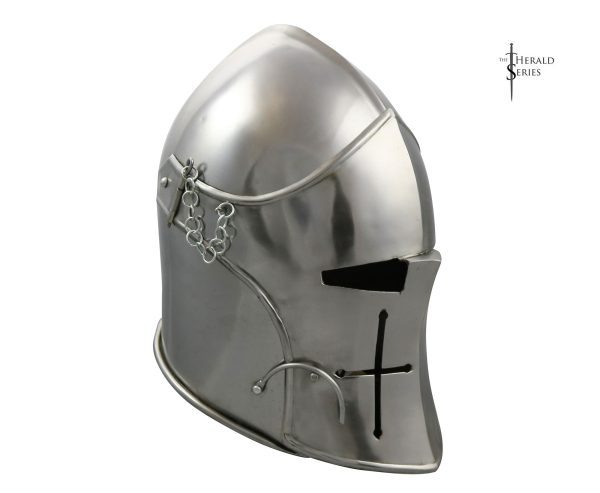
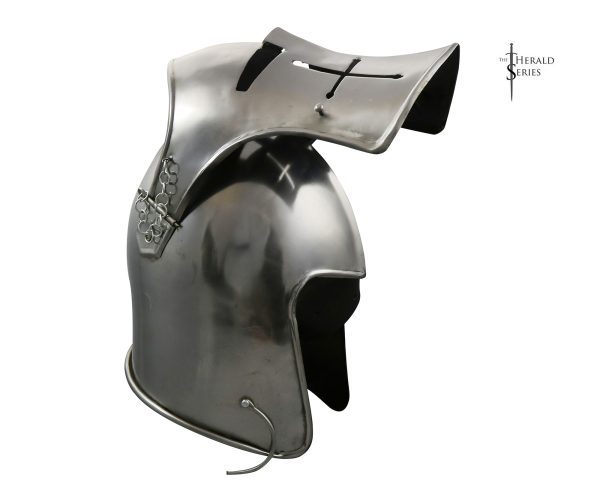
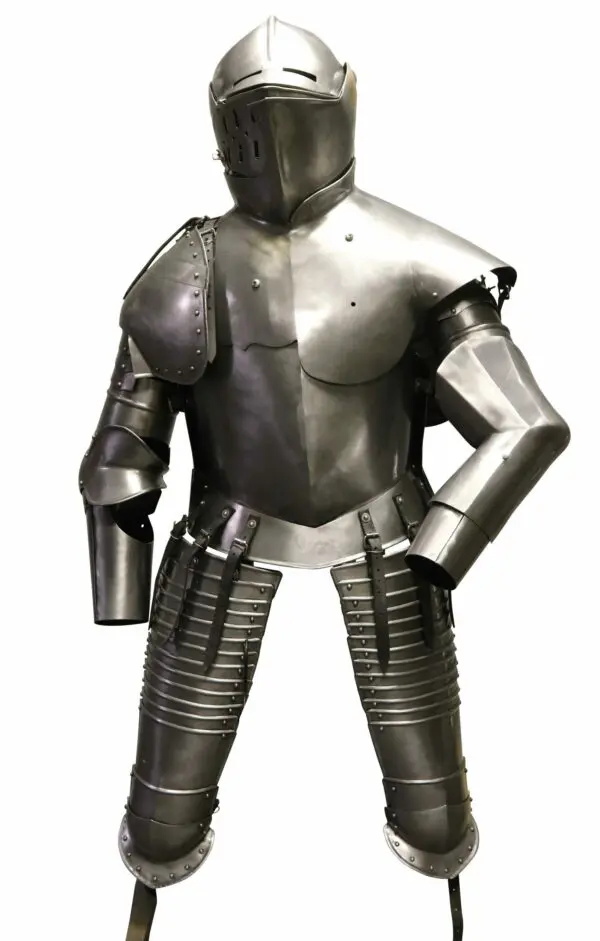







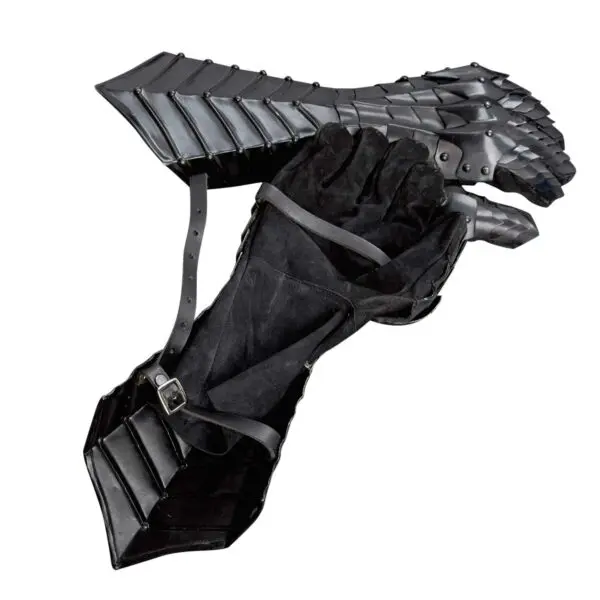







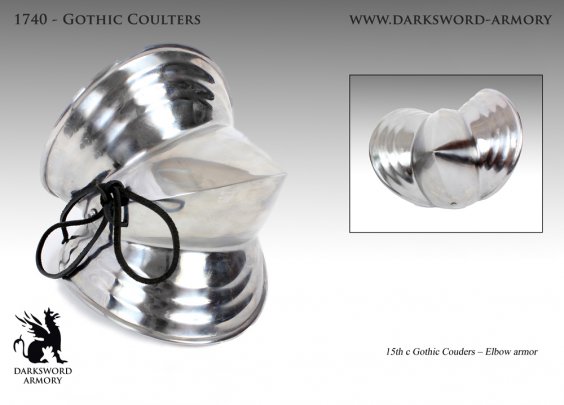
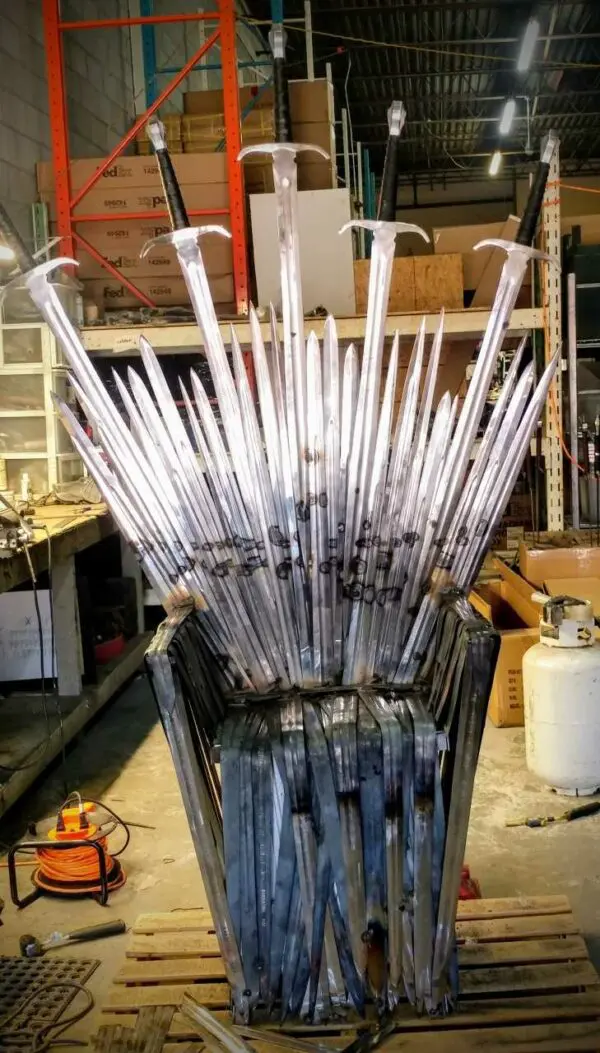
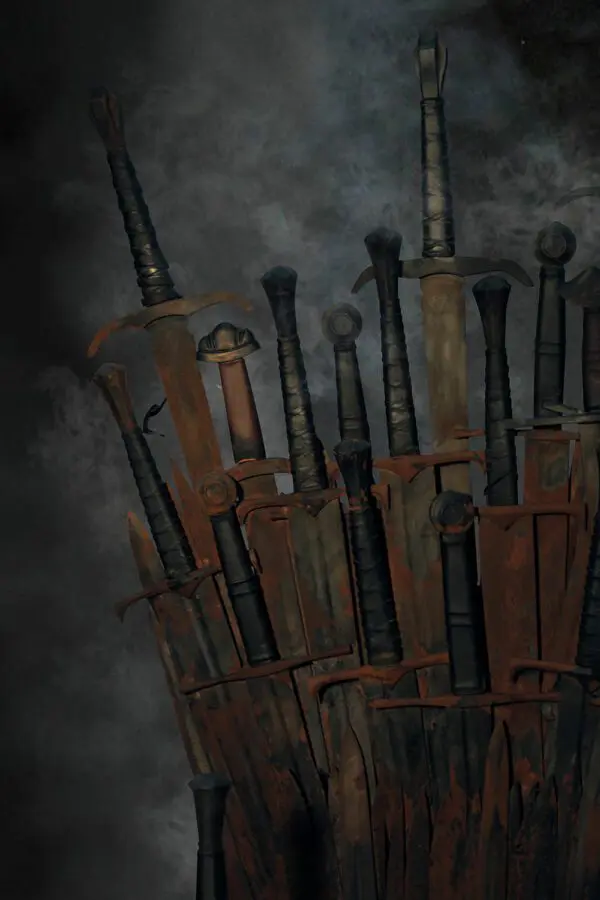



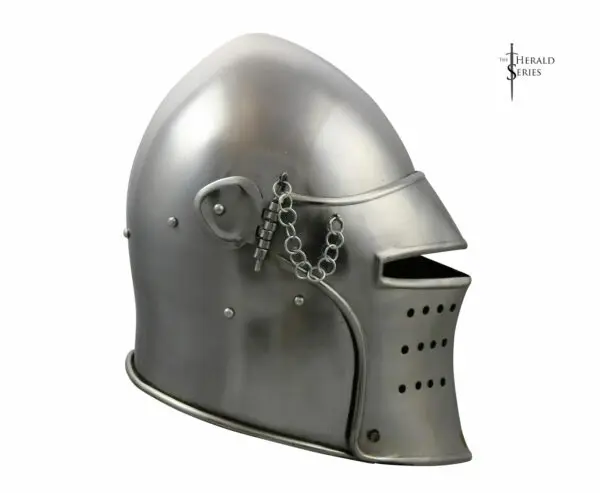
Reviews
There are no reviews yet.